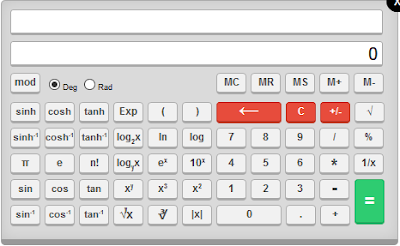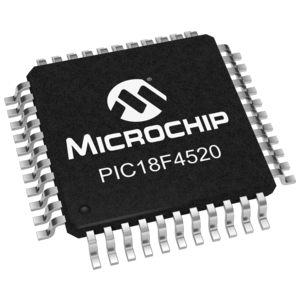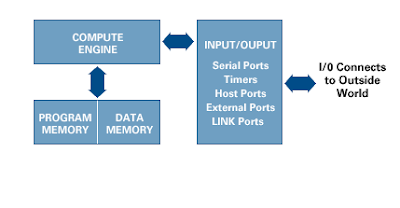https://mix.com/stuart755
https://kedarunipune.academia.edu/Stuartlampard
https://www.openstreetmap.org/user/stuart755/
https://www.goodreads.com/user/show/116316150-stuart-lampard
https://visual.ly/users/stuarttlampard/portfolio
https://orcid.org/0000-0003-4786-436X
https://www.discogs.com/user/stuart755
https://schoolofeverything.com/user/stuart-lampard
http://30boxes.com/user/8591077/StuartLampard
https://www.dead.net/member/stuart
https://knowyourmeme.com/users/stuart755/
https://angel.co/u/stuart-lampard
https://steepster.com/stuart755
https://itsmyurls.com/stuart755
https://about.me/stuartlampard
https://www.aeriagames.com/user/stuarttlampard/
https://500px.com/stuarttlampard
http://www.authorstream.com/stuart755/
https://www.codeproject.com/Members/stuart755
https://moz.com/community/users/15055871
https://disqus.com/by/stuartlampard/
http://www.folkd.com/user/stuart755
https://github.com/stuart755
https://www.boredpanda.com/author/stuartlampard/
https://www.hometalk.com/member/49125439/stuartlampard
https://tracky.com/~Stuart-Lampard-146069
https://unsplash.com/@stuart755
https://myopportunity.com/profile/stuart-lampard/sl
https://addons.mozilla.org/en-GB/firefox/user/16034880/
https://slashdot.org/~stuartlampard755
https://myarea.com/MyProfile
https://www.mobypicture.com/user/stuart755
https://creativemarket.com/users/stuart755
https://youpic.com/photographer/stuarttlampard/?mode=bio
https://www.fixtrading.org/members/stuart755/
https://www.udemy.com/user/stuart-lampard/
https://www.codecademy.com/profiles/stuart755
https://desall.com/User/stuart755
https://kedarunipune.academia.edu/Stuartlampard
https://www.openstreetmap.org/user/stuart755/
https://www.goodreads.com/user/show/116316150-stuart-lampard
https://visual.ly/users/stuarttlampard/portfolio
https://orcid.org/0000-0003-4786-436X
https://www.discogs.com/user/stuart755
https://schoolofeverything.com/user/stuart-lampard
http://30boxes.com/user/8591077/StuartLampard
https://www.dead.net/member/stuart
https://knowyourmeme.com/users/stuart755/
https://angel.co/u/stuart-lampard
https://steepster.com/stuart755
https://itsmyurls.com/stuart755
https://about.me/stuartlampard
https://www.aeriagames.com/user/stuarttlampard/
https://500px.com/stuarttlampard
http://www.authorstream.com/stuart755/
https://www.codeproject.com/Members/stuart755
https://moz.com/community/users/15055871
https://disqus.com/by/stuartlampard/
http://www.folkd.com/user/stuart755
https://github.com/stuart755
https://www.boredpanda.com/author/stuartlampard/
https://www.hometalk.com/member/49125439/stuartlampard
https://tracky.com/~Stuart-Lampard-146069
https://unsplash.com/@stuart755
https://myopportunity.com/profile/stuart-lampard/sl
https://addons.mozilla.org/en-GB/firefox/user/16034880/
https://slashdot.org/~stuartlampard755
https://myarea.com/MyProfile
https://www.mobypicture.com/user/stuart755
https://creativemarket.com/users/stuart755
https://youpic.com/photographer/stuarttlampard/?mode=bio
https://www.fixtrading.org/members/stuart755/
https://www.udemy.com/user/stuart-lampard/
https://www.codecademy.com/profiles/stuart755
https://desall.com/User/stuart755










































